HOWEVER, once in awhile, I open up a keyboard and well...leaves me utterly speechless.
THIS is one such keyboard.
I present to you the Teletype 50k 227 AAH.
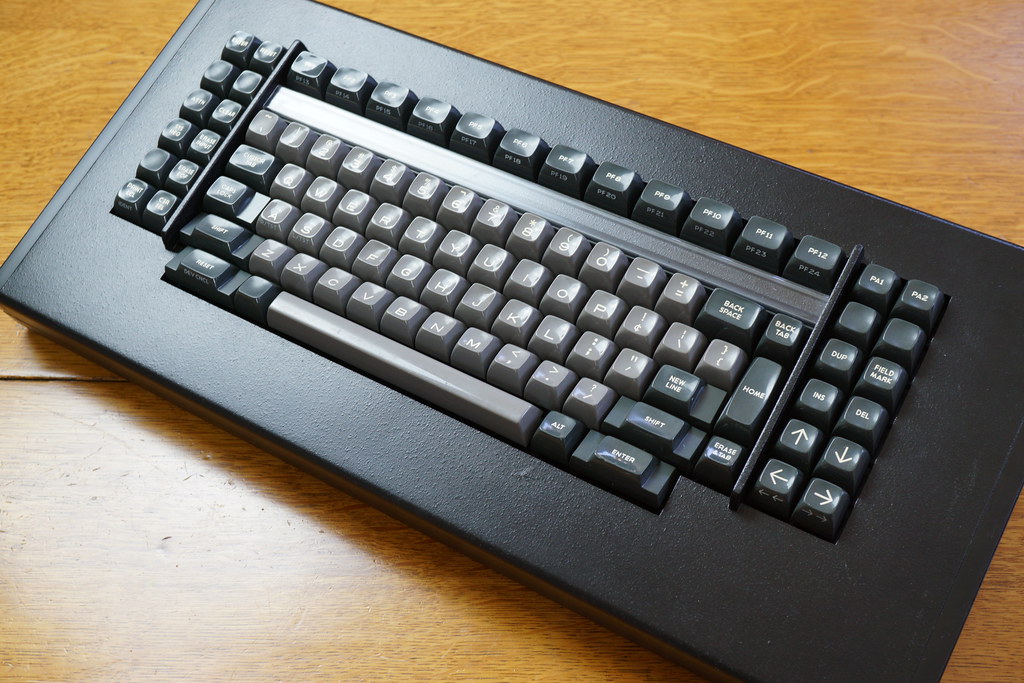 DSC06800
DSC06800Did I mention it pings sings!
I mean, it ticks all the boxes of a most excellent keyboard.
- Clicky, check.
- Tactile, check.
- Capacitive sensing, check.
- Magnets, CHECK.
- Awesome spherical keycaps, check.
- Classy 80s aesthetics, check.
- Elegant and simple pcb design, check.
- Foam and foil, che… er, actually, don’t mind this one.
- And the list goes on…
Going from the model number 50k 227 AAH, my guess is that this keyboard was for the Teletype Model 50. However, other than a couple mentions in purchase catalogs I haven’t found any information on it *sadness*.
While not the exact patent, I did find what seems to be the base design for the switch.
https://patents.google.com/patent/US3942145A
The only functional difference is the use of foam’n’foil cap sense instead of electrical contacts.
Have I mentioned, the foam is in immaculate condition! I don’t believe I’ve ever seen mechanically used foam age this well in a keyboard.
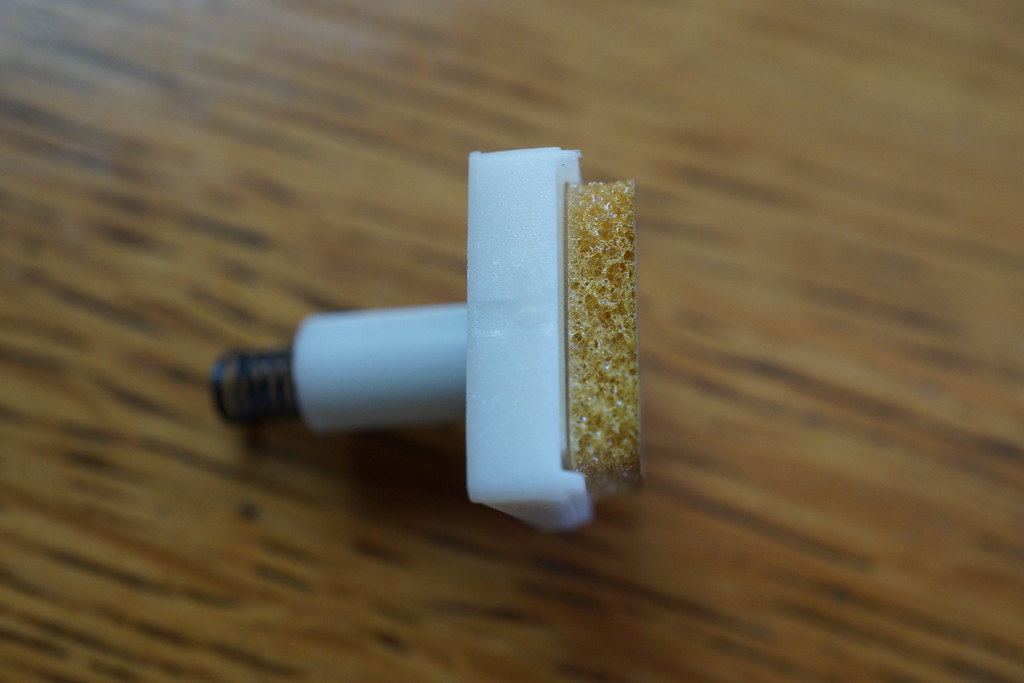 DSC06561
DSC06561The switch force curves are particularly interesting.
Long travel, 6mm.
ACTUAL bottom out dampening. You don’t see the top until around 500gf which is amazing (click on the force curves to scroll around).
The mechanism itself behaves much better in the spacebar (heavy) switch. I suspect this extra pre-load gives the switch more stability.
Due to how the magnet is held in place, the spacebar switch has a faster actuation. Release is still at the same point as it relies entirely on the magnet to reset the position.


But enough talking, time for pictures
 DSC06798
DSC06798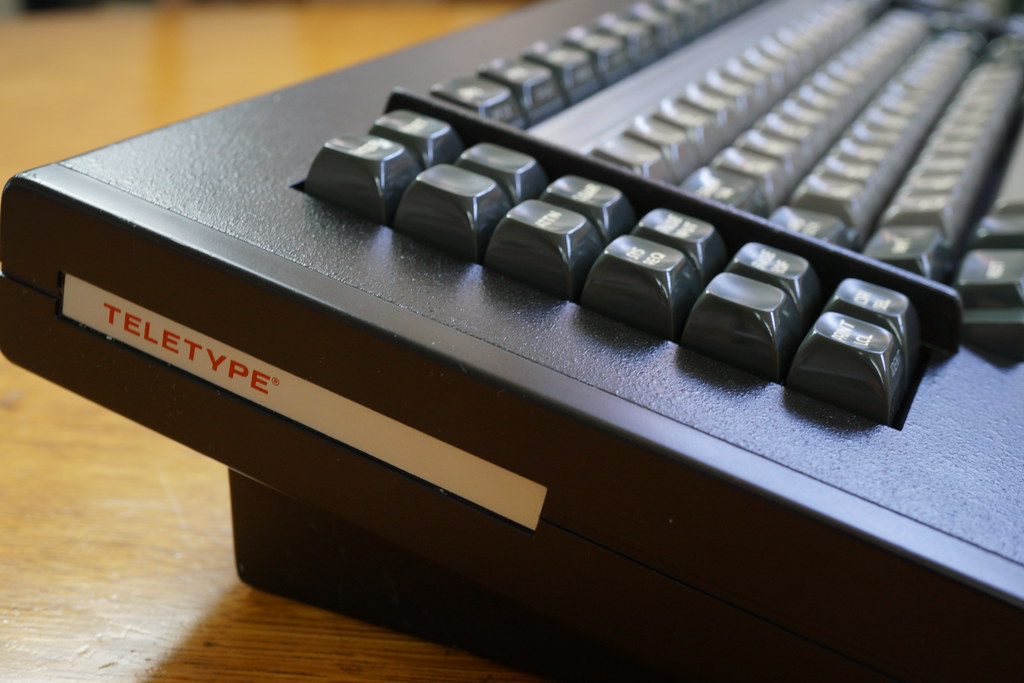 DSC06796
DSC06796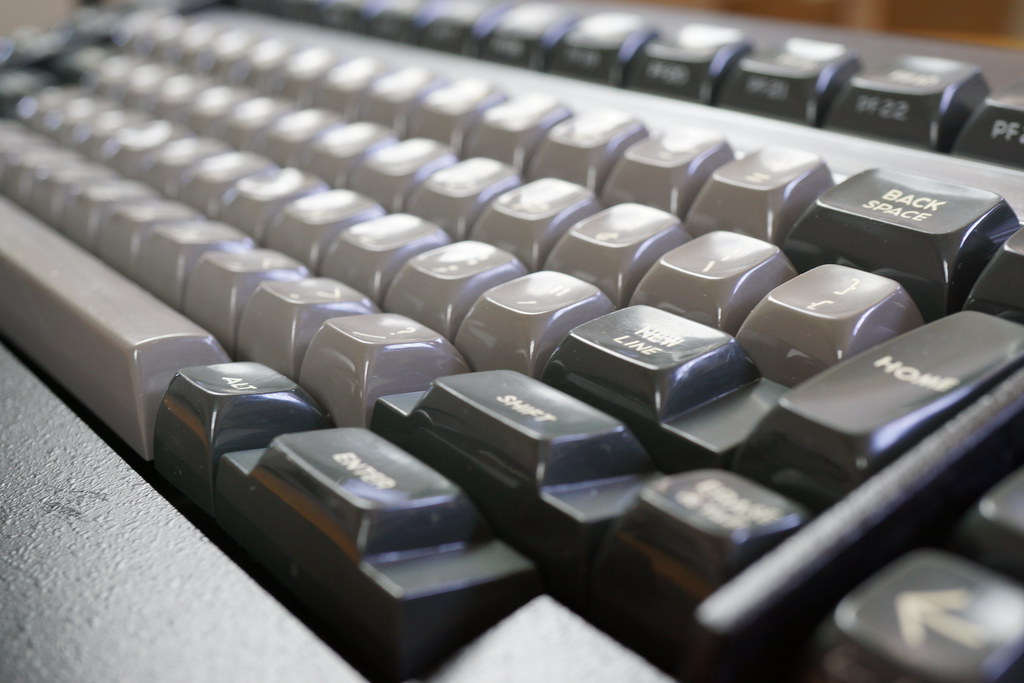 DSC06795
DSC06795 DSC06794
DSC06794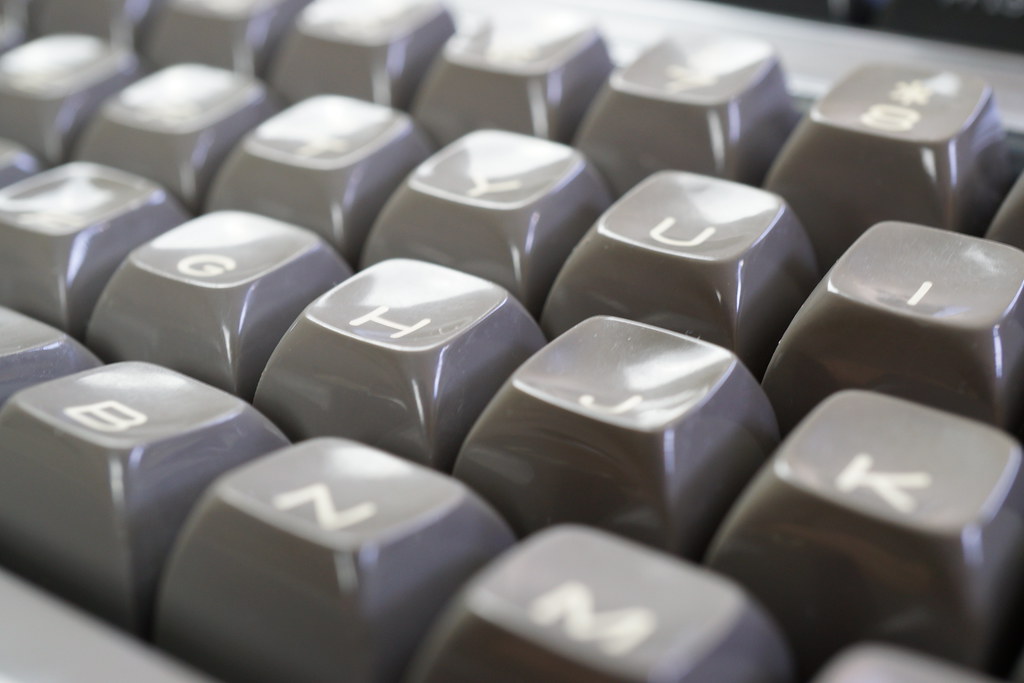 DSC06792
DSC06792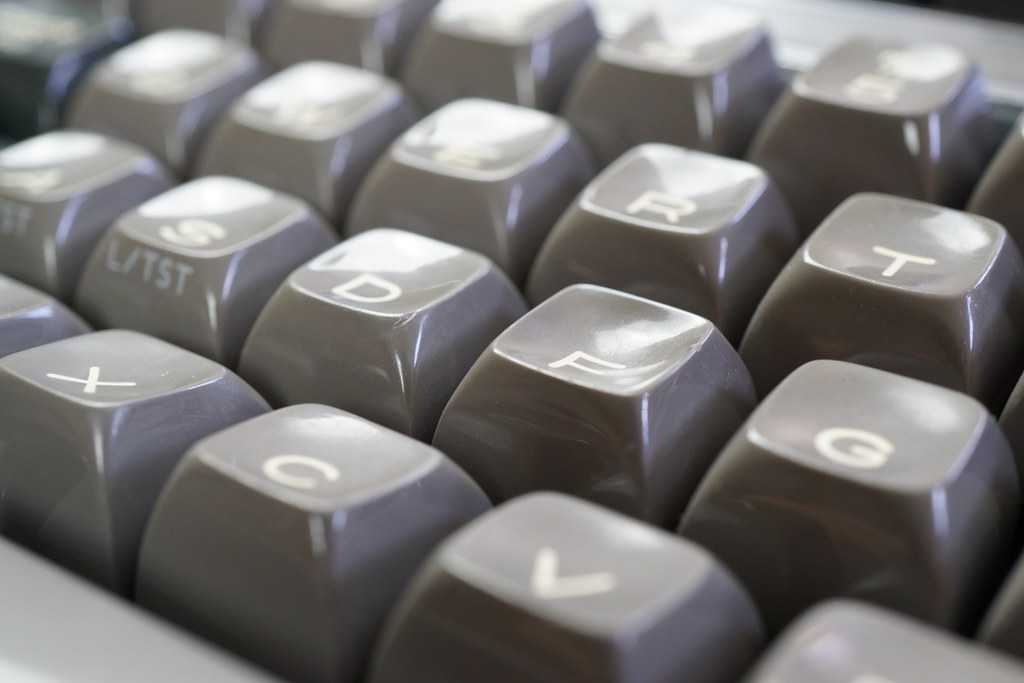 DSC06791
DSC06791 DSC06791
DSC06791 DSC06785
DSC06785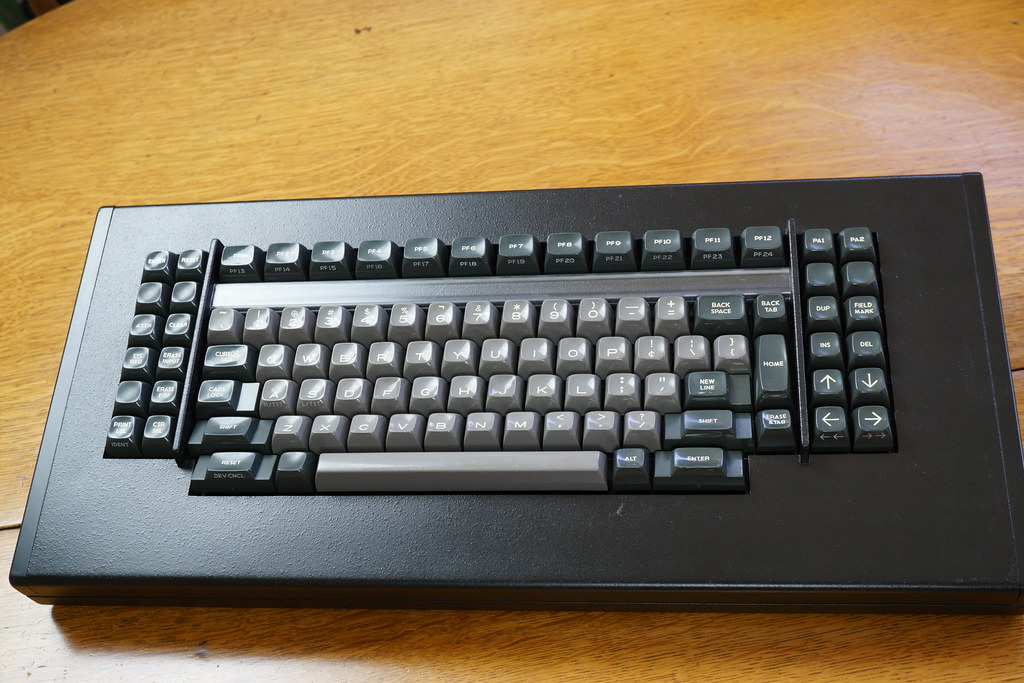 DSC06782
DSC06782 DSC06782
DSC06782 DSC06777
DSC06777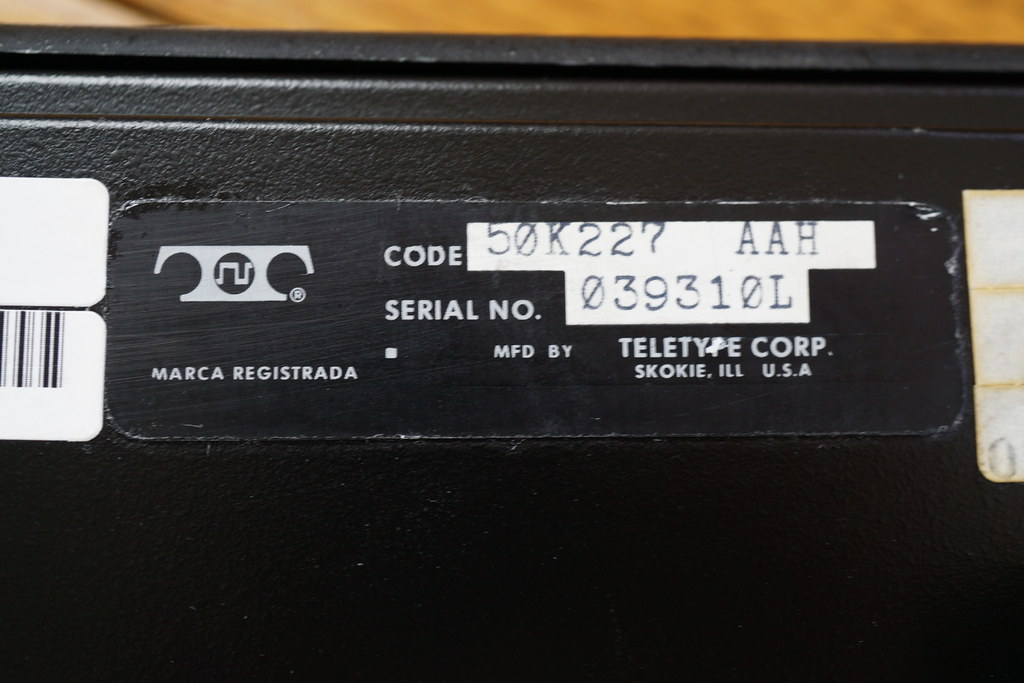 DSC06768
DSC06768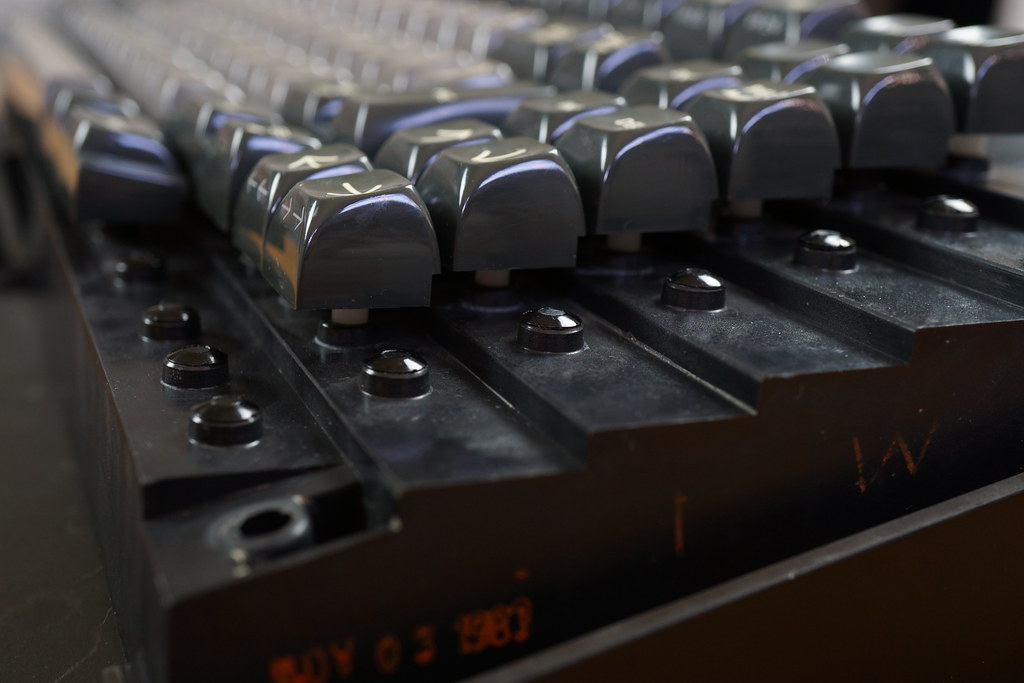 DSC06754
DSC06754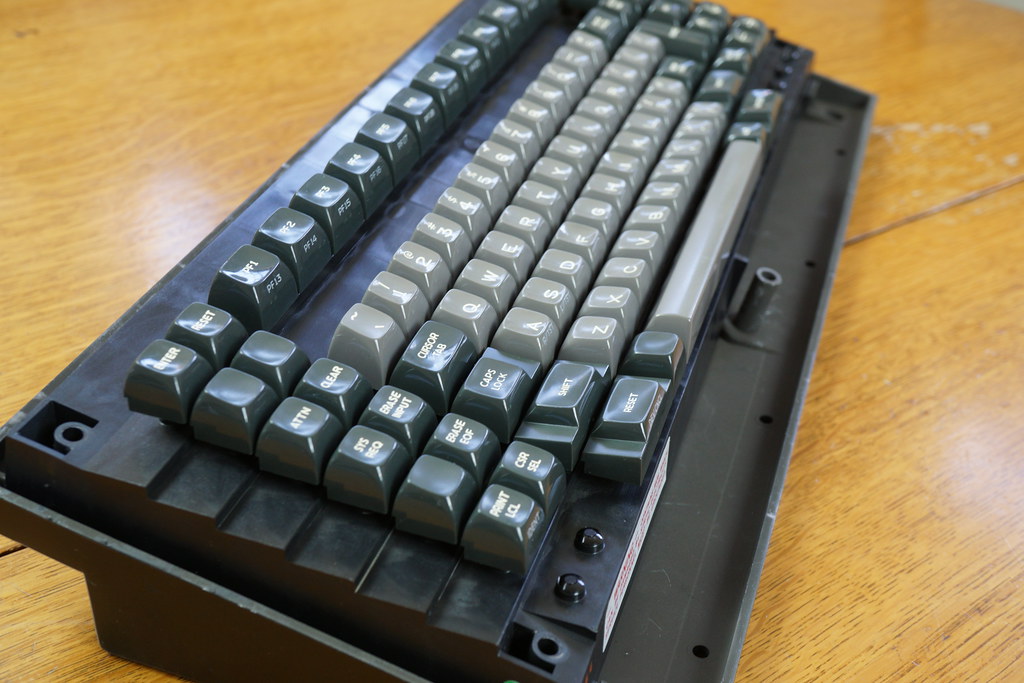 DSC06749
DSC06749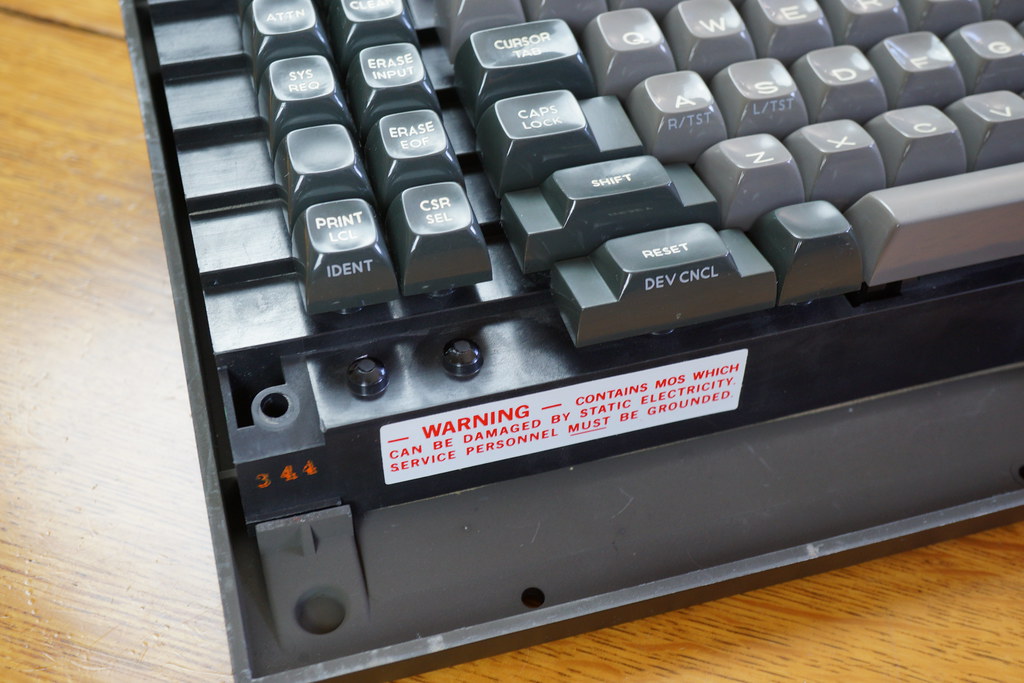 DSC06747
DSC06747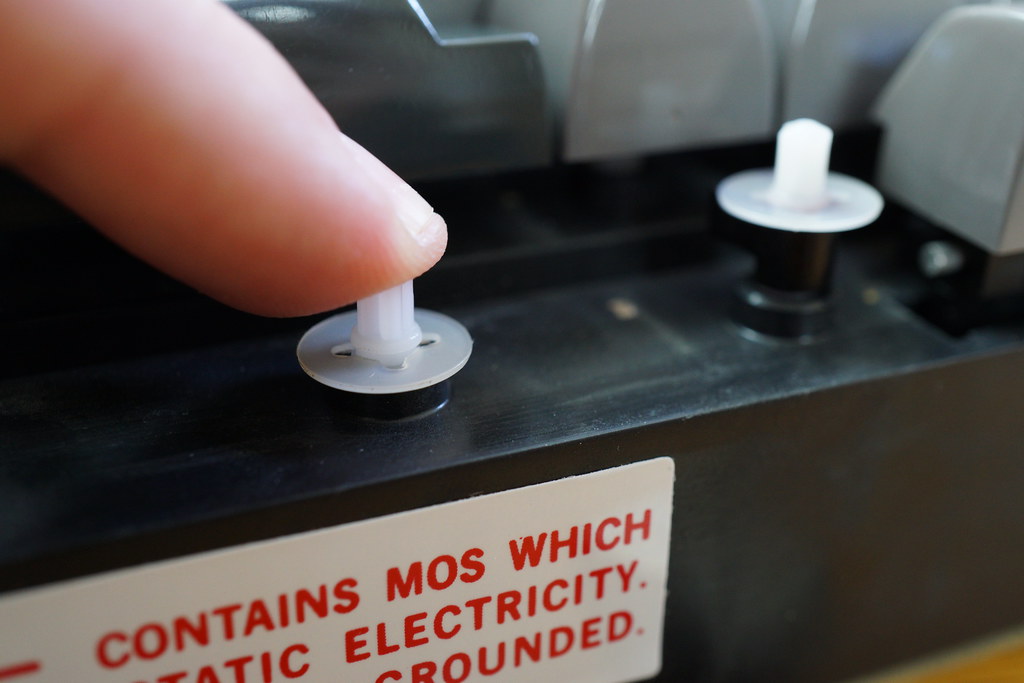 DSC06714
DSC06714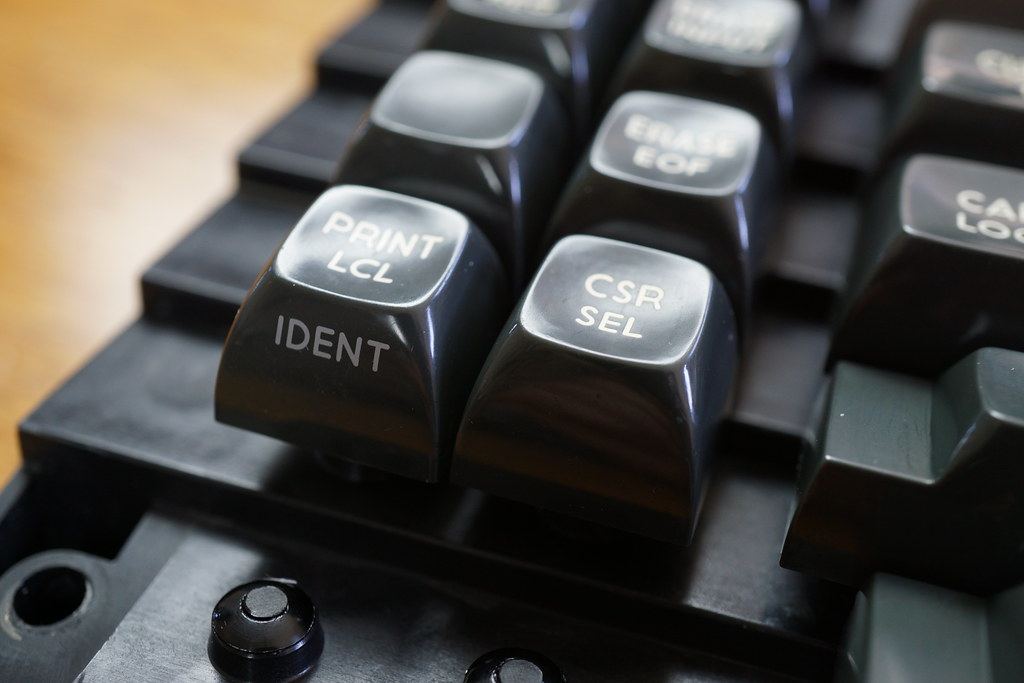 DSC06701
DSC06701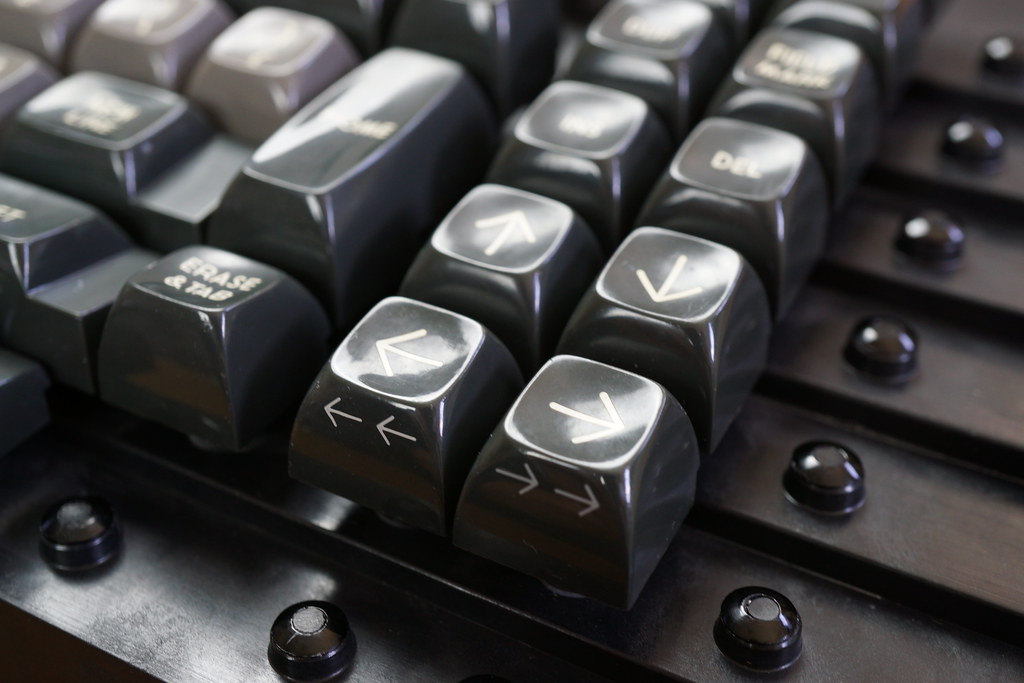 DSC06697
DSC06697 DSC06692
DSC06692 DSC06692
DSC06692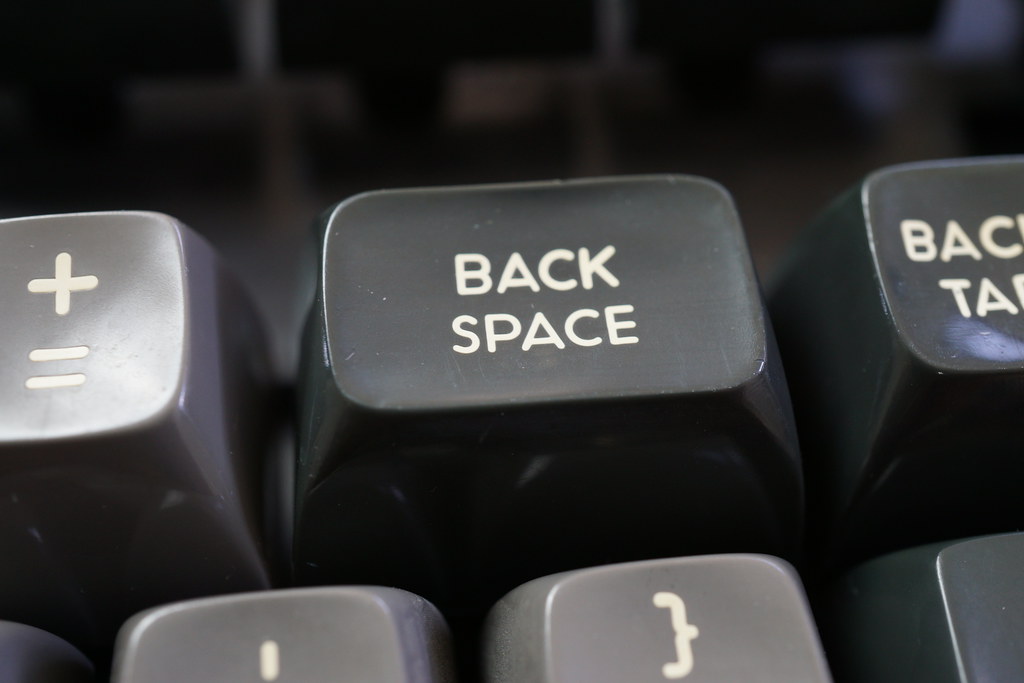 DSC06695
DSC06695 DSC06676
DSC06676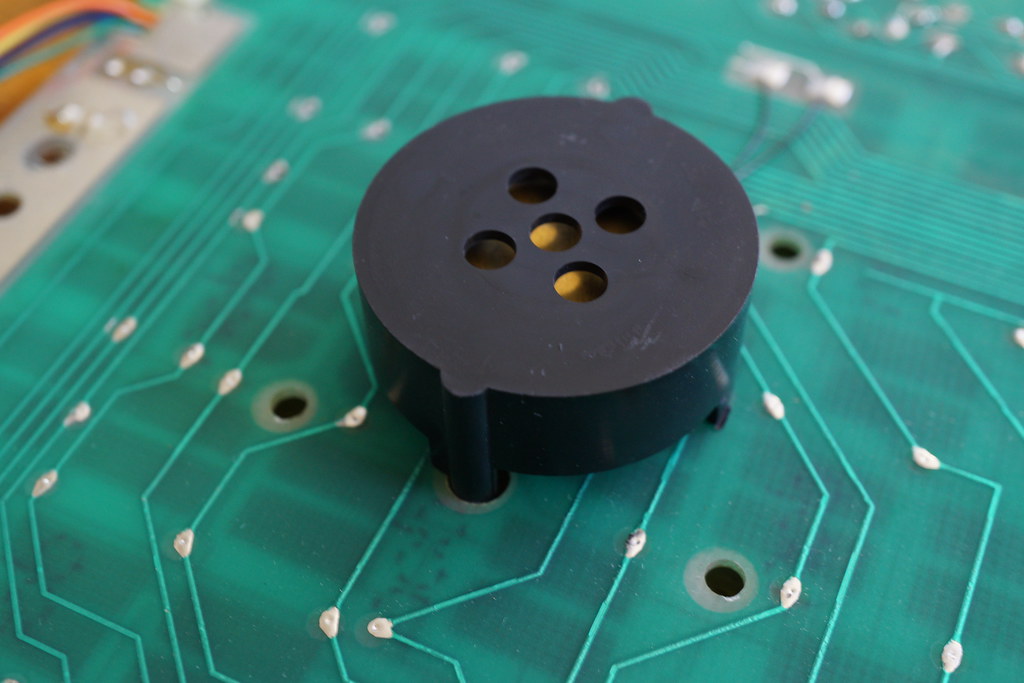 DSC06646
DSC06646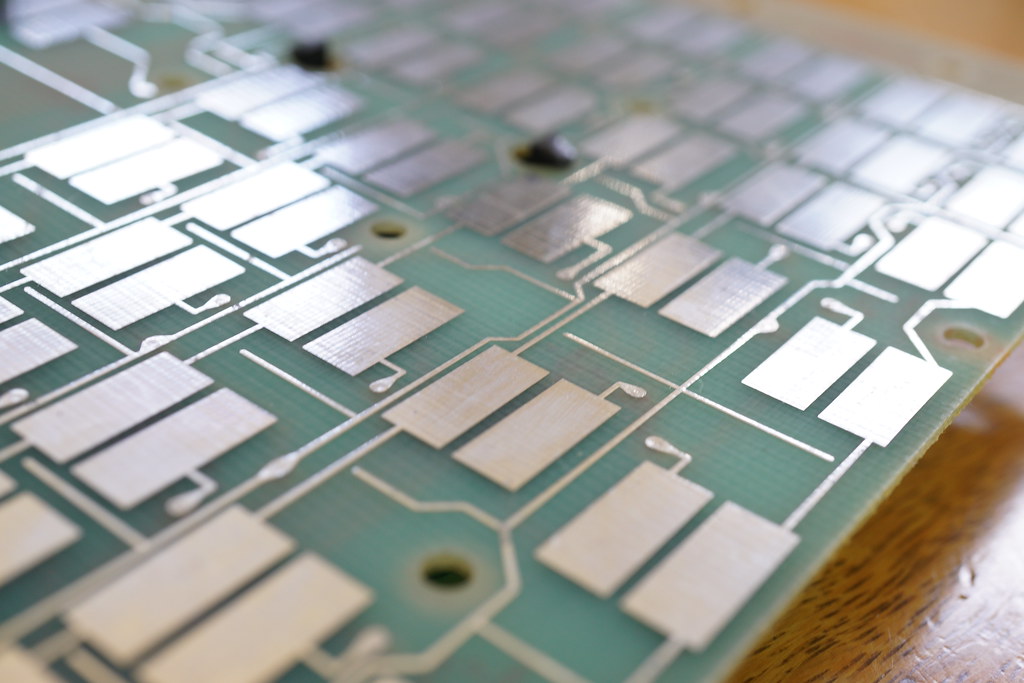 DSC06630
DSC06630 DSC06629
DSC06629 DSC06603
DSC06603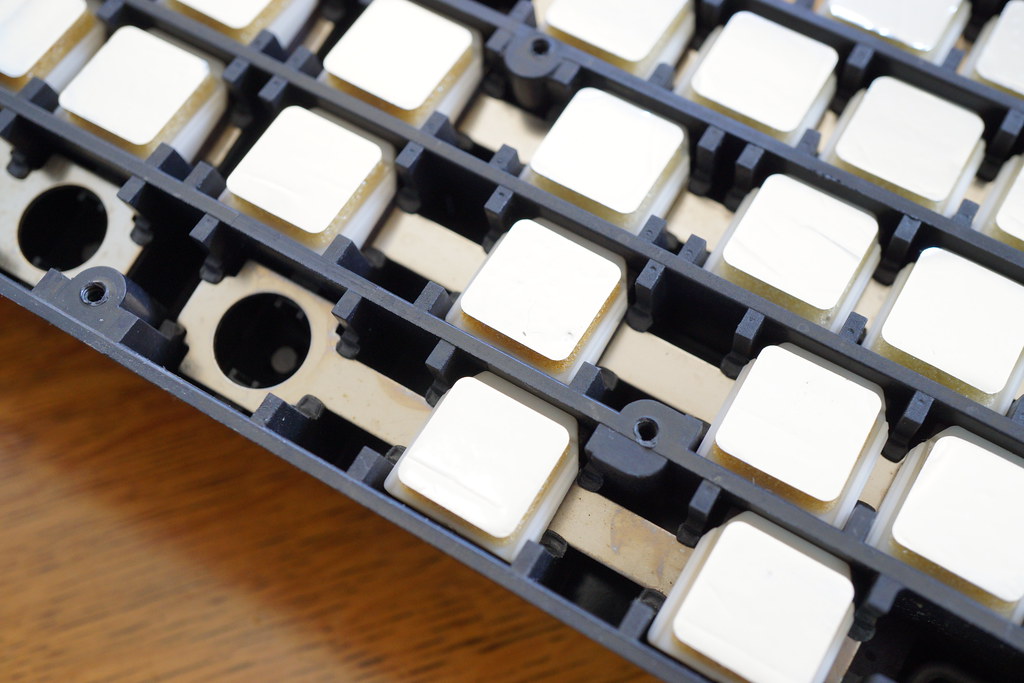 DSC06592
DSC06592 DSC06582
DSC06582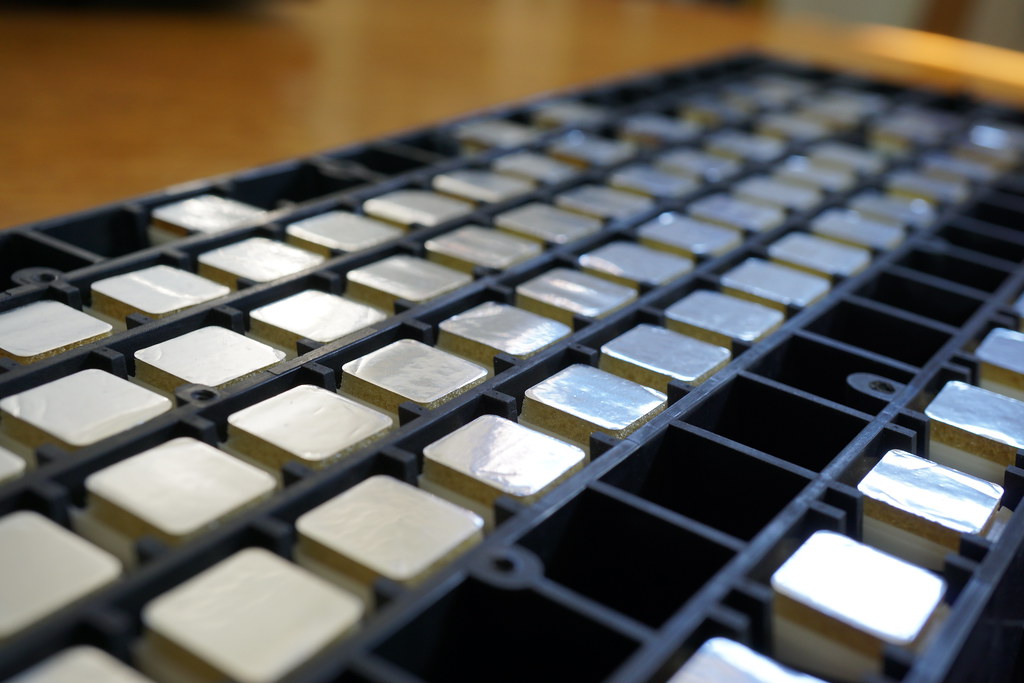 DSC06581
DSC06581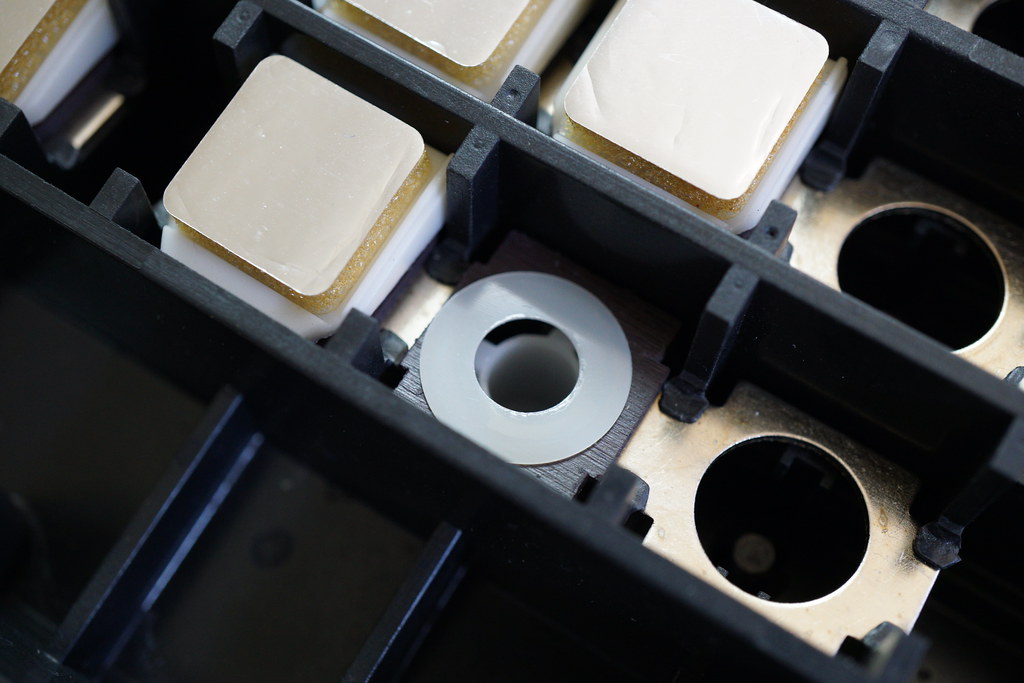 DSC06572
DSC06572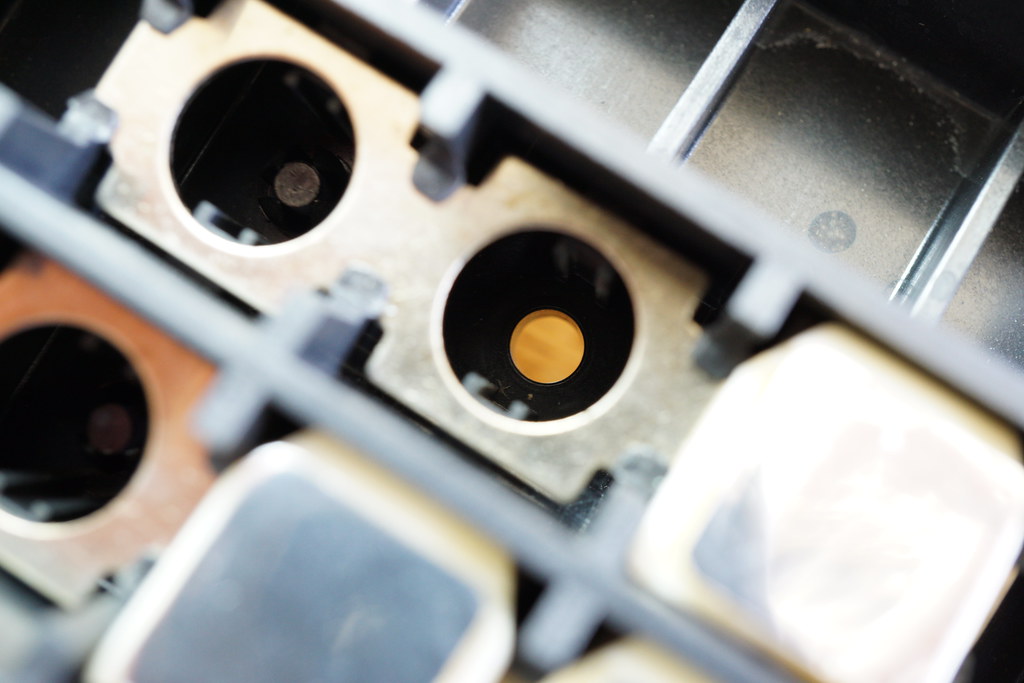 DSC06563
DSC06563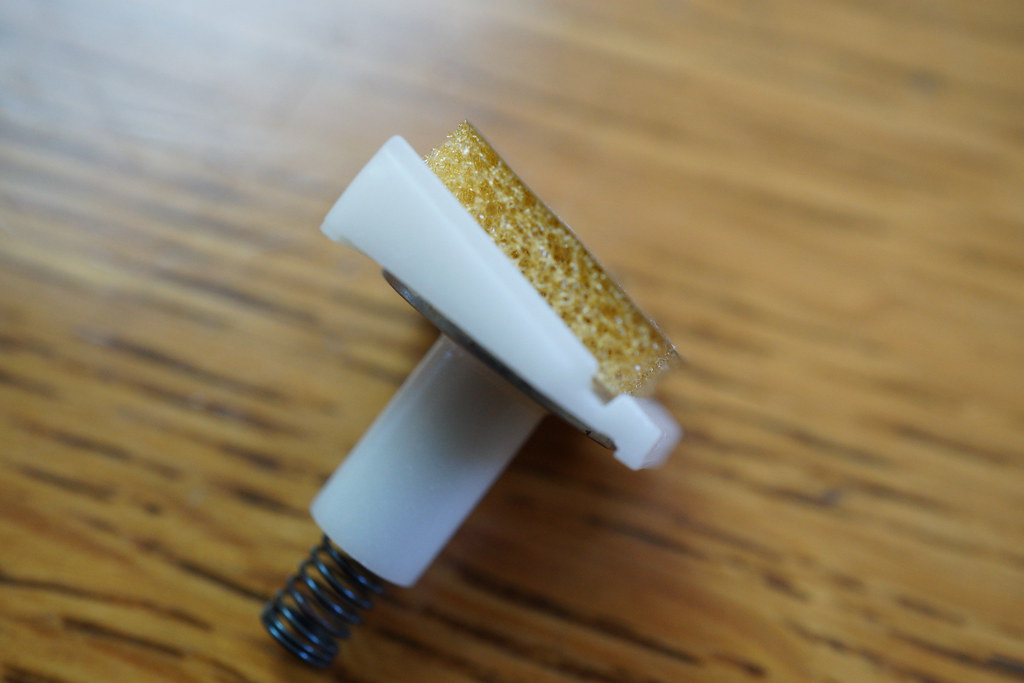 DSC06560
DSC06560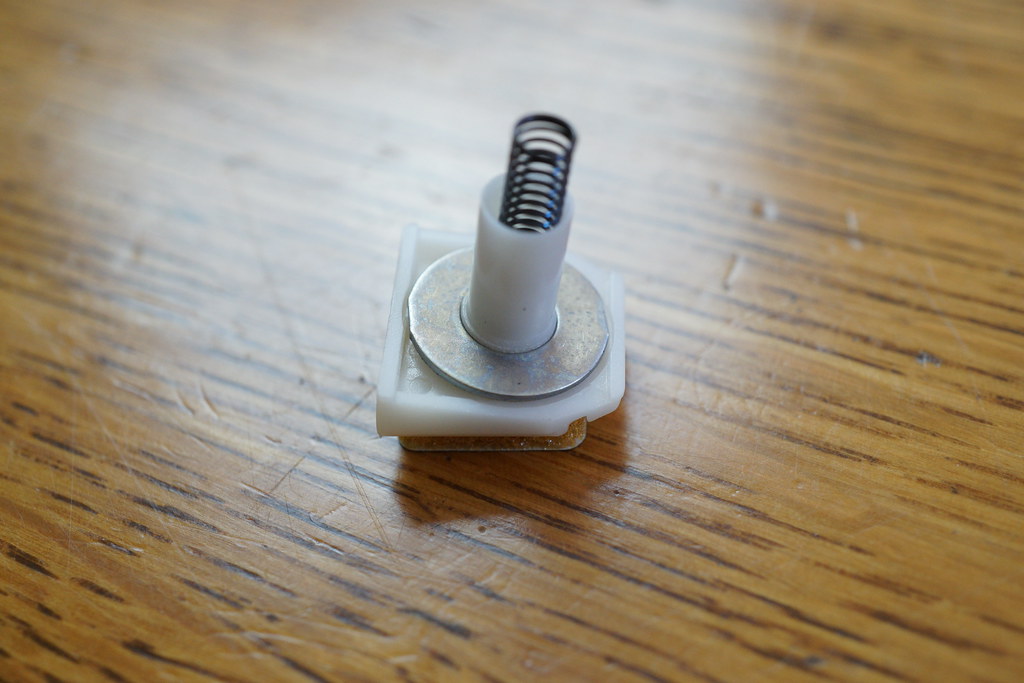 DSC06557
DSC06557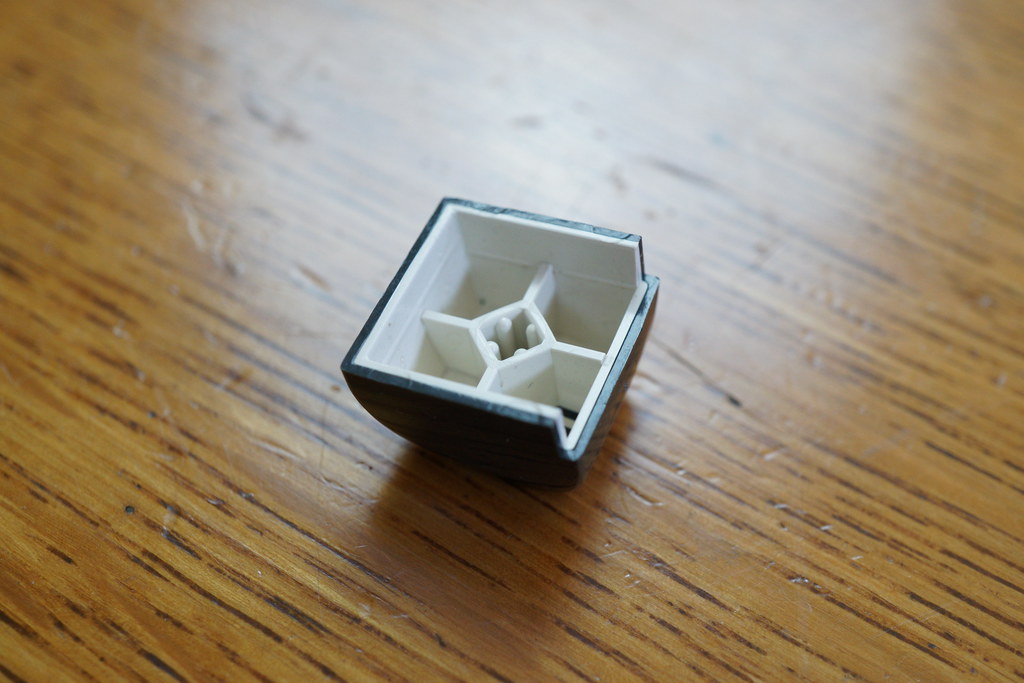 DSC06553
DSC06553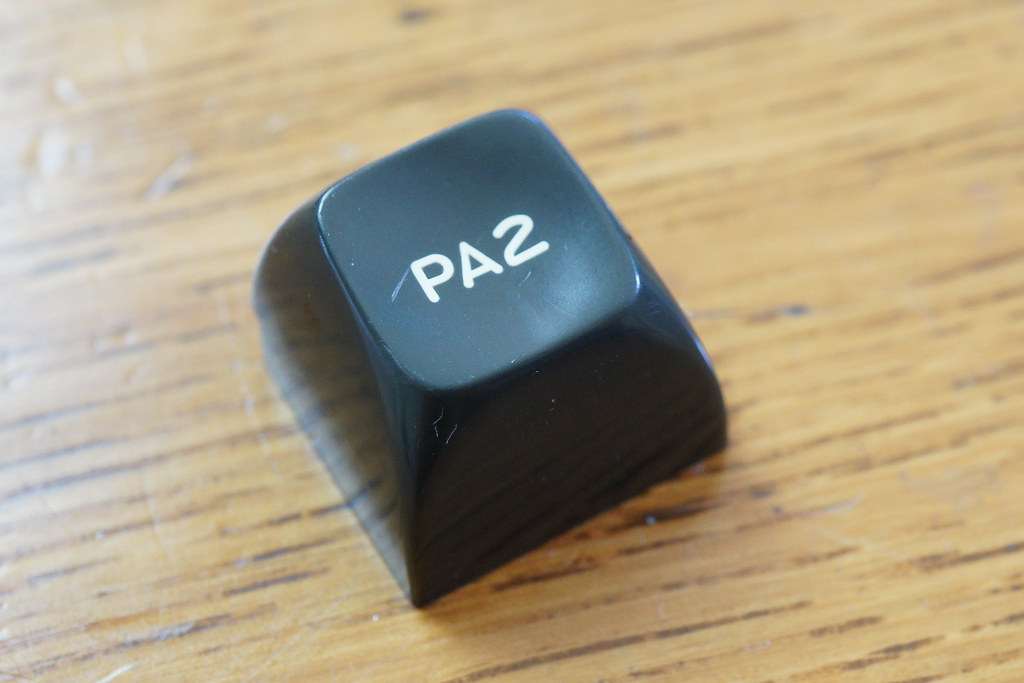 DSC06548
DSC06548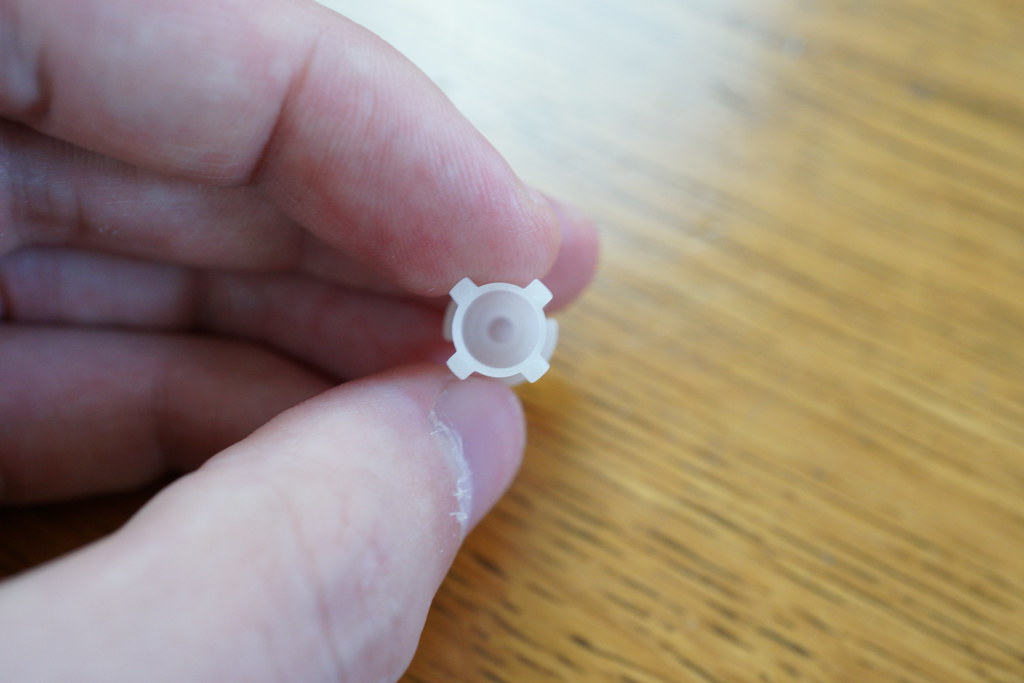 DSC06544
DSC06544 DSC06543
DSC06543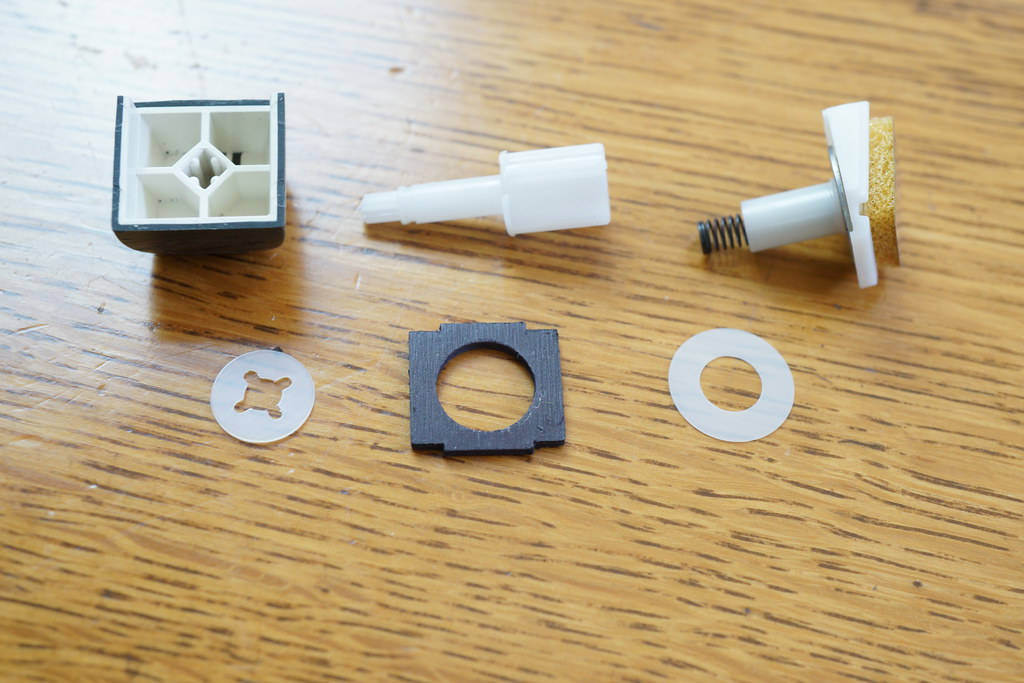 DSC06529
DSC06529Flickr Album: https://flic.kr/s/aHskGcfzVi